43 how to read trans fats on food labels
Processed foods: Health risks and what to avoid - Medical News … May 14, 2020 · For example, according to a 2019 study, a 2% increase in energy intake from trans fats is linked with a 23% increase in cardiovascular risk. The best way to avoid refined oils and trans fats is to ... Fats | Nutrition.gov HHS, Food and Drug Administration, Center for Food Safety and Applied Nutrition Read about monounsaturated and polyunsaturated fats - what they are, where they are found, what they do, and how to use the Nutrition Facts Label to replace saturated fat with mono and polyunsaturated fats.
Understanding Food Labels | The Nutrition Source | Harvard T.H. Chile implemented the Law of Food Labeling and Advertising in 2016, comprised of mandatory front-of-package (FOP) warning labels, restrictions on child-directed marketing, and the banning of sales in schools of all foods and beverages containing added sugars, sodium, or saturated fats that exceeded set nutrient or calorie thresholds. [1]
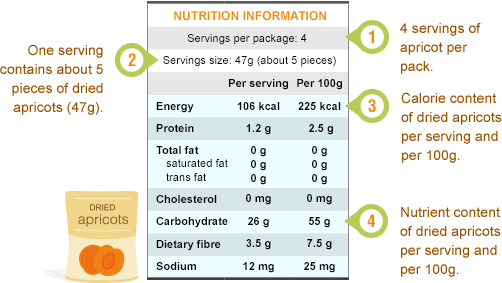
How to read trans fats on food labels
Understanding Ingredients on Food Labels - American Heart … Mar 06, 2017 · But when it comes to sodium, added sugars and saturated and trans fats – which in excess can damage your heart health and increase your risk of heart disease and stroke – it can be difficult to tell just how much is in there. The reason is, these ingredients can go by several names. There are many terms used for sugar on food labels. 3 Types of Foods High in Saturated Fat - Verywell Health 27.07.2022 · Paying attention to trans fats (also called "partially hydrogenated oils") is also important, since they decrease HDL ("good cholesterol") and, like saturated fats, also raise LDL, increasing your risk for heart disease. Trans fats are actually an unsaturated fat, and are categorized as monounsaturated or polyunsaturated. Food energy - Wikipedia Food energy is chemical energy that animals (including humans) derive from their food to sustain their metabolism, including their muscular activity.. Most animals derive most of their energy from aerobic respiration, namely combining the carbohydrates, fats, and proteins with oxygen from air or dissolved in water. Other smaller components of the diet, such as organic acids, polyols, and ...
How to read trans fats on food labels. All About Dietary Fats and Why Your Diet Needs Them Saturated fats: Saturated fats are solid at room temperature. Although experts long thought that saturated fat increased the risk for heart disease, a June 2018 study in the BMJ highlights the lack of evidence that concludes saturated fat increases the risk of heart disease — on the flip side, there's more solid evidence that replacing saturated fat with polyunsaturated fat can reduce … Fatty acid - Wikipedia Fatty acids are classified in many ways: by length, by saturation vs unsaturation, by even vs odd carbon content, and by linear vs branched. Length of fatty acids. Short-chain fatty acids (SCFA) are fatty acids with aliphatic tails of five or fewer carbons (e.g. butyric acid).; Medium-chain fatty acids (MCFA) are fatty acids with aliphatic tails of 6 to 12 carbons, which can form medium … Dietary fats explained: MedlinePlus Medical Encyclopedia 13.07.2020 · Experts are working to limit the amount of trans fats used in packaged foods and restaurants. You should avoid foods made with hydrogenated and partially hydrogenated oils (such as hard butter and margarine). They contain high levels of trans-fatty acids. It is important to read nutrition labels on foods. This will help you know what kinds of ... What Is Partially Hydrogenated Oil? And Why It's In Your Food Apr 07, 2022 · Foods that don't contain trans fats aren't necessarily healthy. Many manufacturers replace trans fats with other unhealthy substitutes such as palm kernel oil and palm oil. When possible, replace trans fats with polyunsaturated and monounsaturated fats. Read the nutrition labels and avoid foods that include partially hydrogenated oils.
Fats and Cholesterol | The Nutrition Source | Harvard T.H ... Foods containing trans fats are primarily in processed foods made with trans fat from partially hydrogenated oil. Fortunately, trans fats have been eliminated from many of these foods. Saturated fats, while not as harmful as trans fats, by comparison with unsaturated fats negatively impact health and are best consumed in moderation. Foods ... Food Groups for Carbohydrates, Proteins, Fats, Vitamins Apr 02, 2020 · According to the National Center for Health Research (NCHR), the USDA recently replaced the food pyramid that was introduced years ago. Instead of the pyramid shape — which the NCHR says was criticized for confusing consumers — the new "ChooseMyPlate" recommendation contains five food groups of unequal sections, which include a hearty mix of carbohydrates (fruits and vegetables), proteins ... Food energy - Wikipedia Food energy is chemical energy that animals (including humans) derive from their food to sustain their metabolism, including their muscular activity.. Most animals derive most of their energy from aerobic respiration, namely combining the carbohydrates, fats, and proteins with oxygen from air or dissolved in water. Other smaller components of the diet, such as organic acids, polyols, and ... 3 Types of Foods High in Saturated Fat - Verywell Health 27.07.2022 · Paying attention to trans fats (also called "partially hydrogenated oils") is also important, since they decrease HDL ("good cholesterol") and, like saturated fats, also raise LDL, increasing your risk for heart disease. Trans fats are actually an unsaturated fat, and are categorized as monounsaturated or polyunsaturated.
Understanding Ingredients on Food Labels - American Heart … Mar 06, 2017 · But when it comes to sodium, added sugars and saturated and trans fats – which in excess can damage your heart health and increase your risk of heart disease and stroke – it can be difficult to tell just how much is in there. The reason is, these ingredients can go by several names. There are many terms used for sugar on food labels.

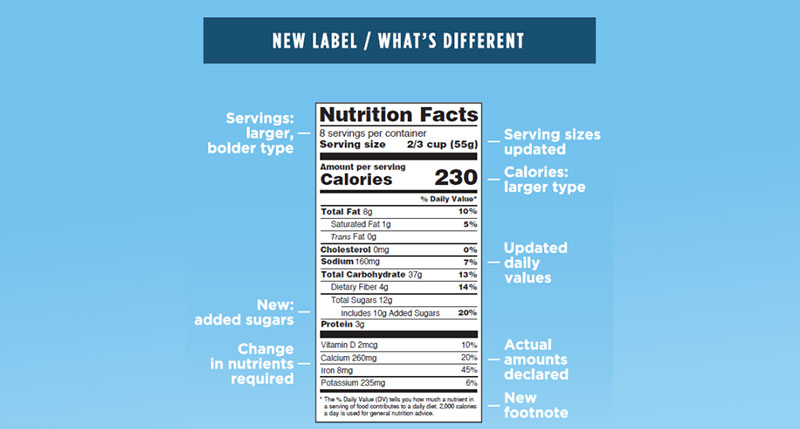

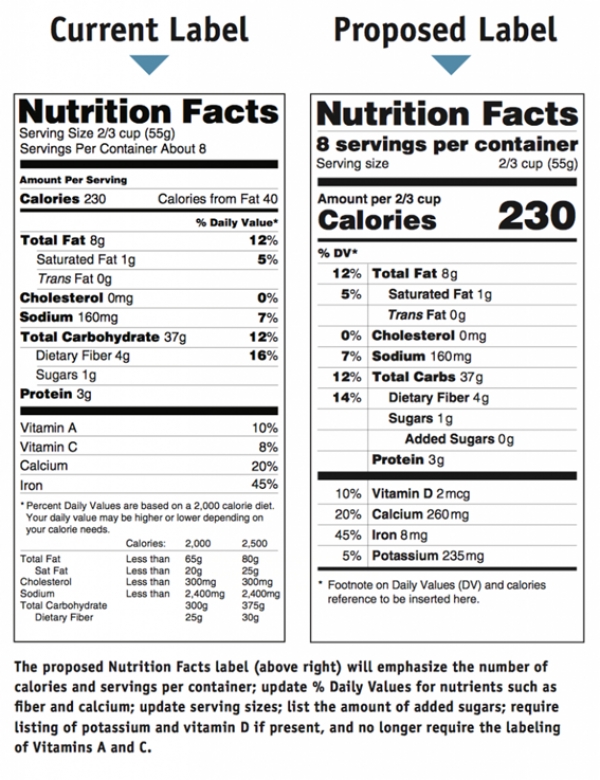


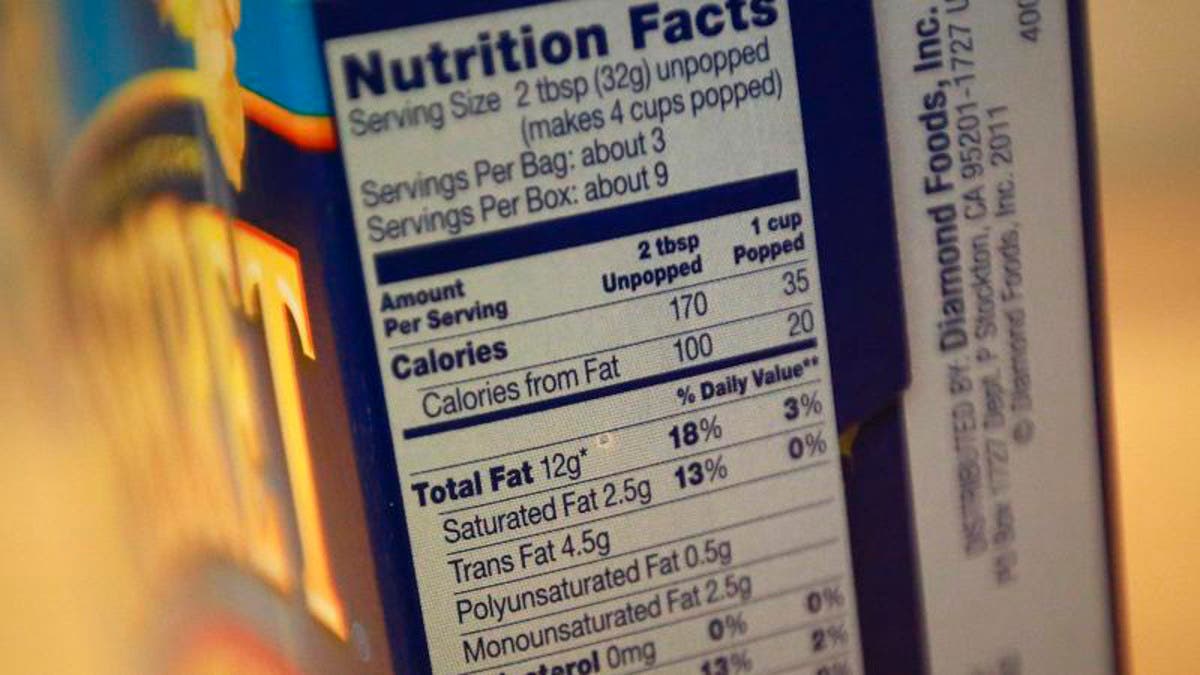

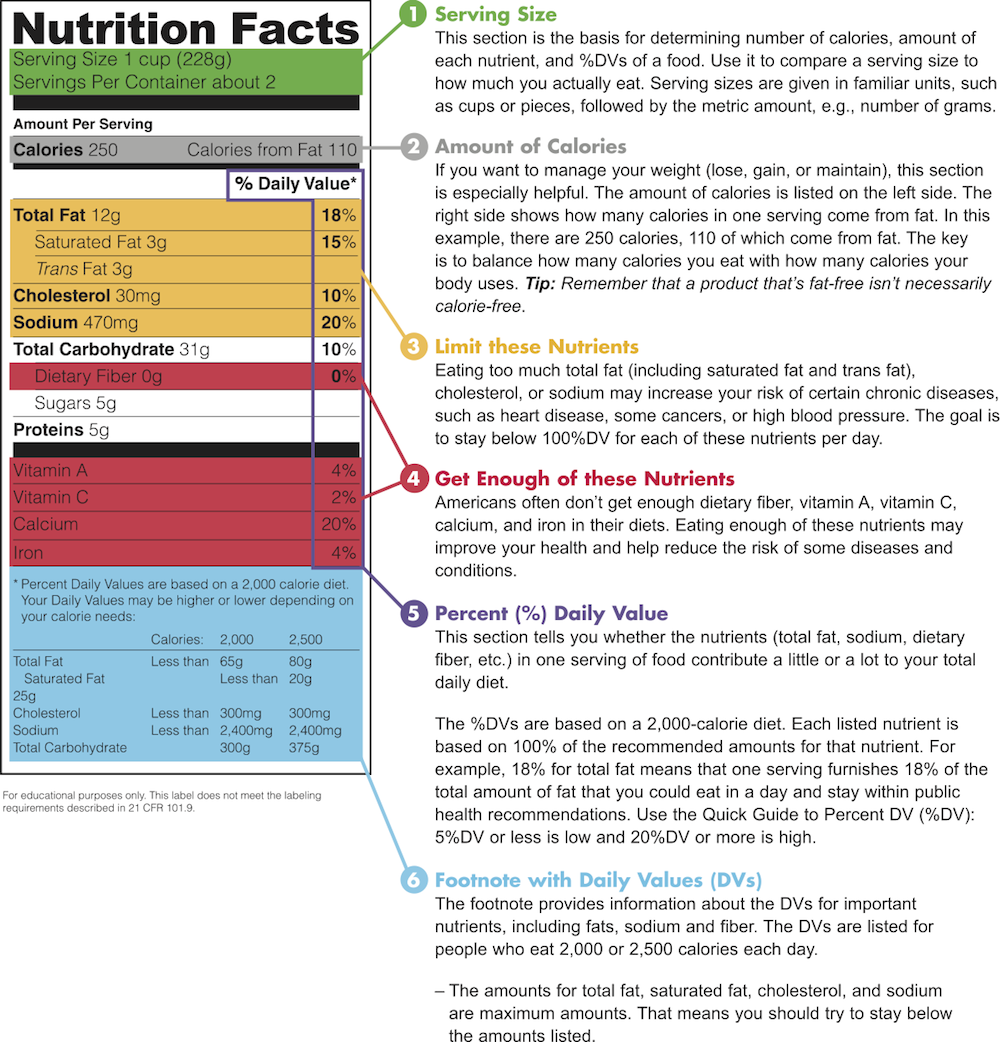
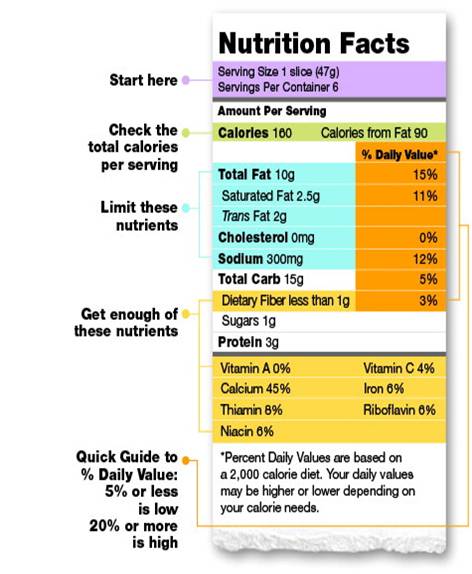





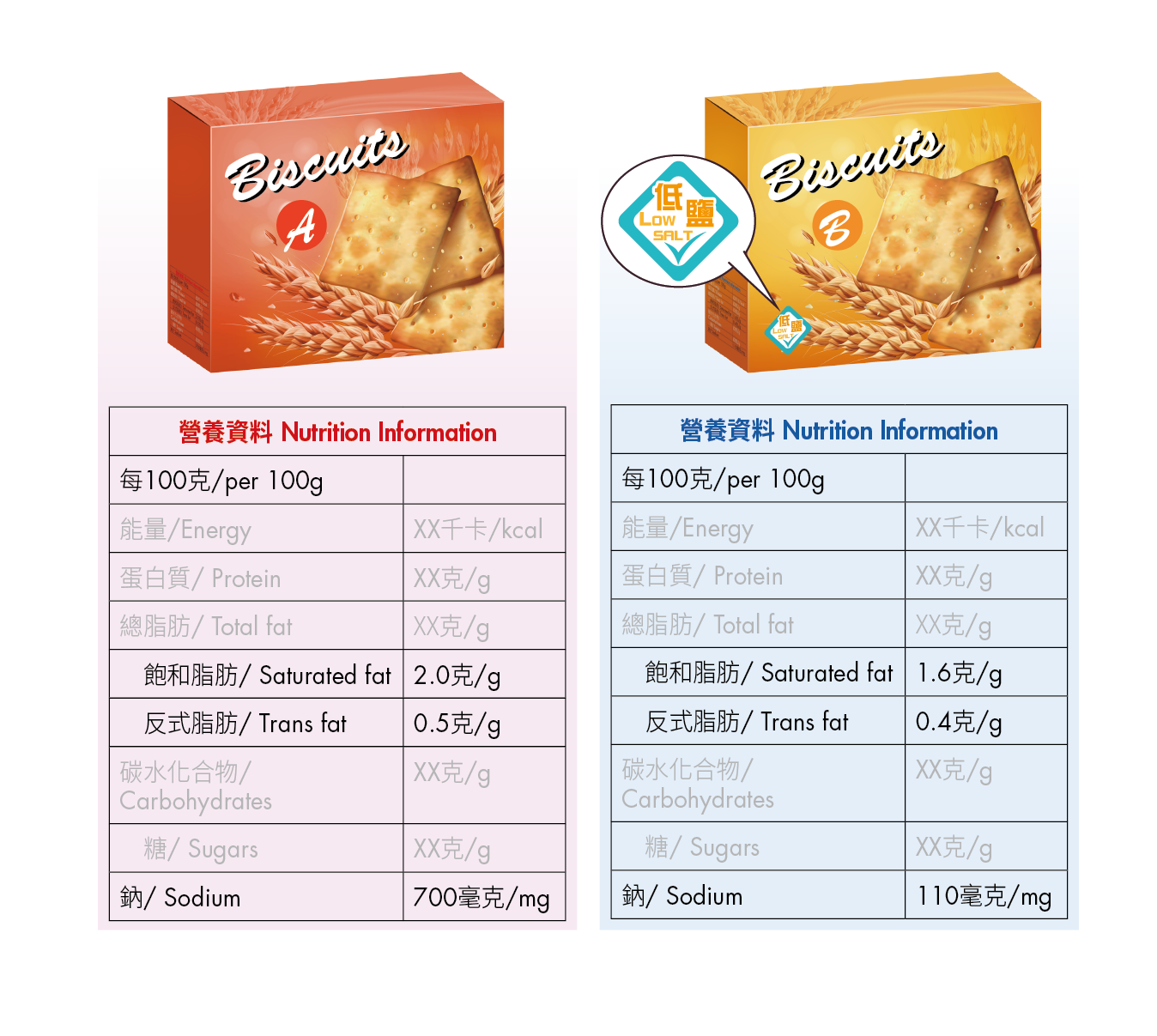









![Food Label Secrets - Fat Substitutes and Trans Fat [HD Version]](https://i.ytimg.com/vi/Yj9lwz_axR4/maxresdefault.jpg)


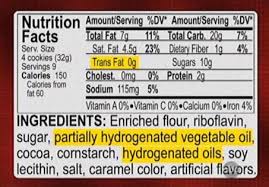
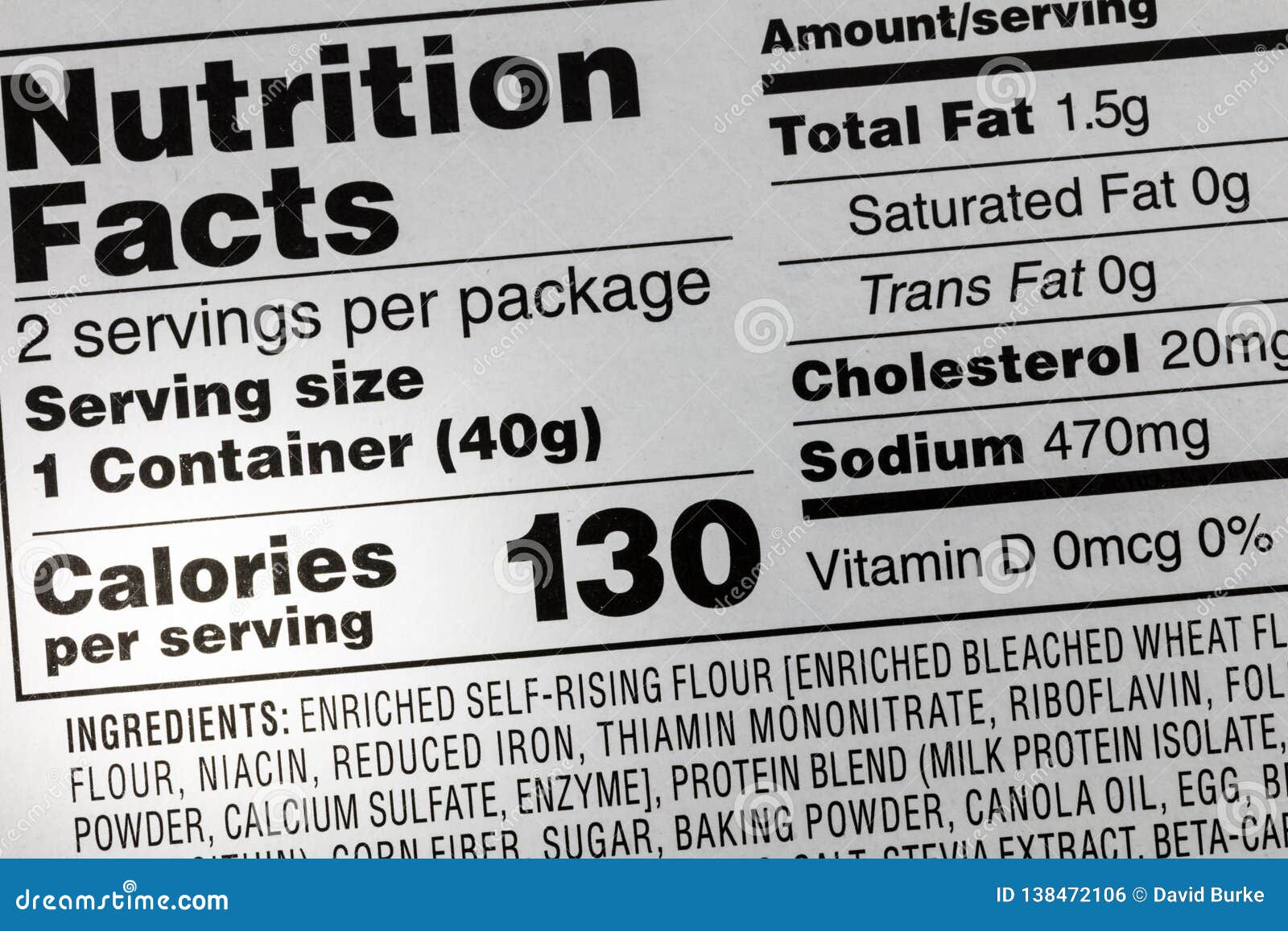

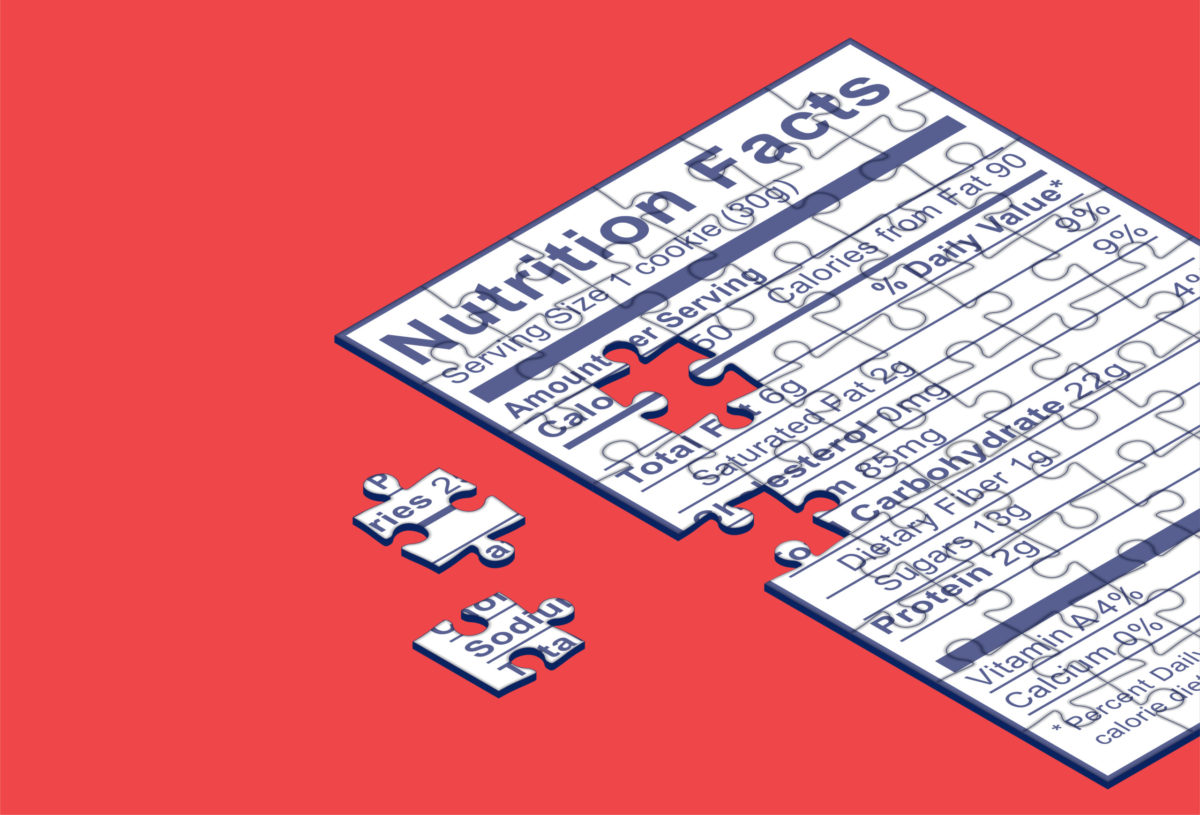
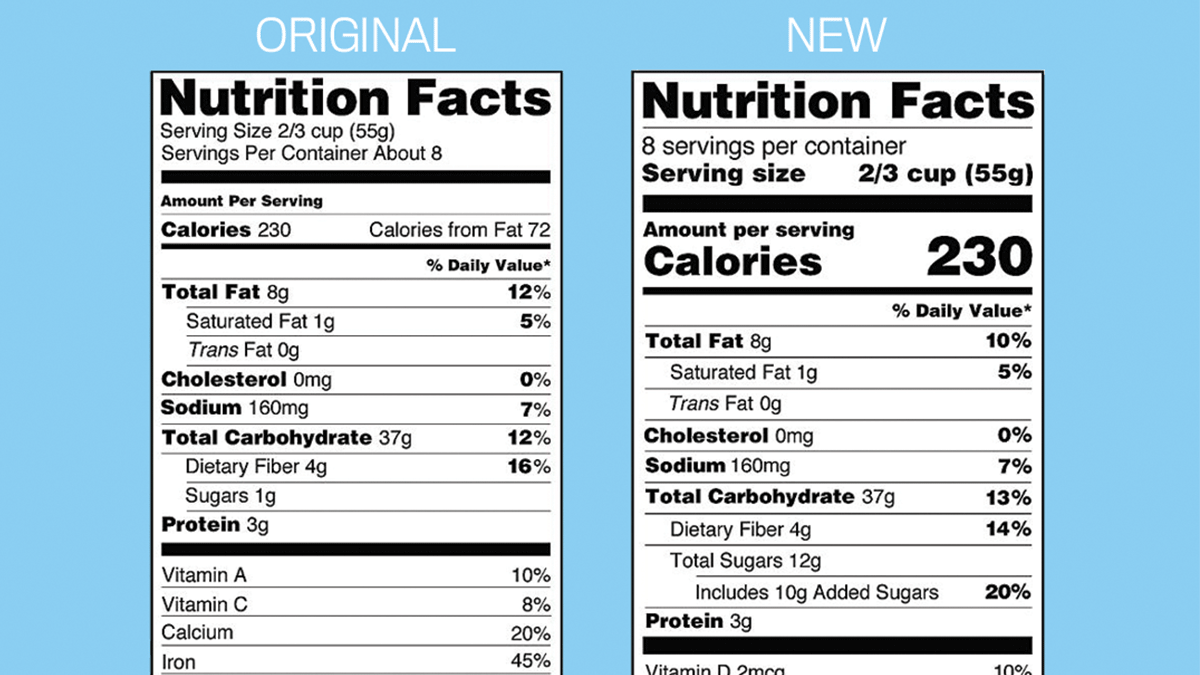

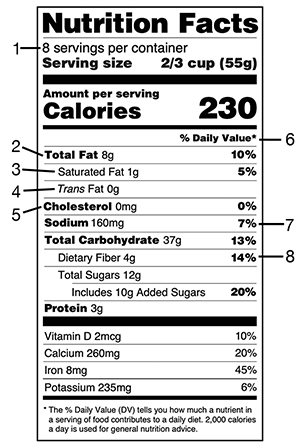


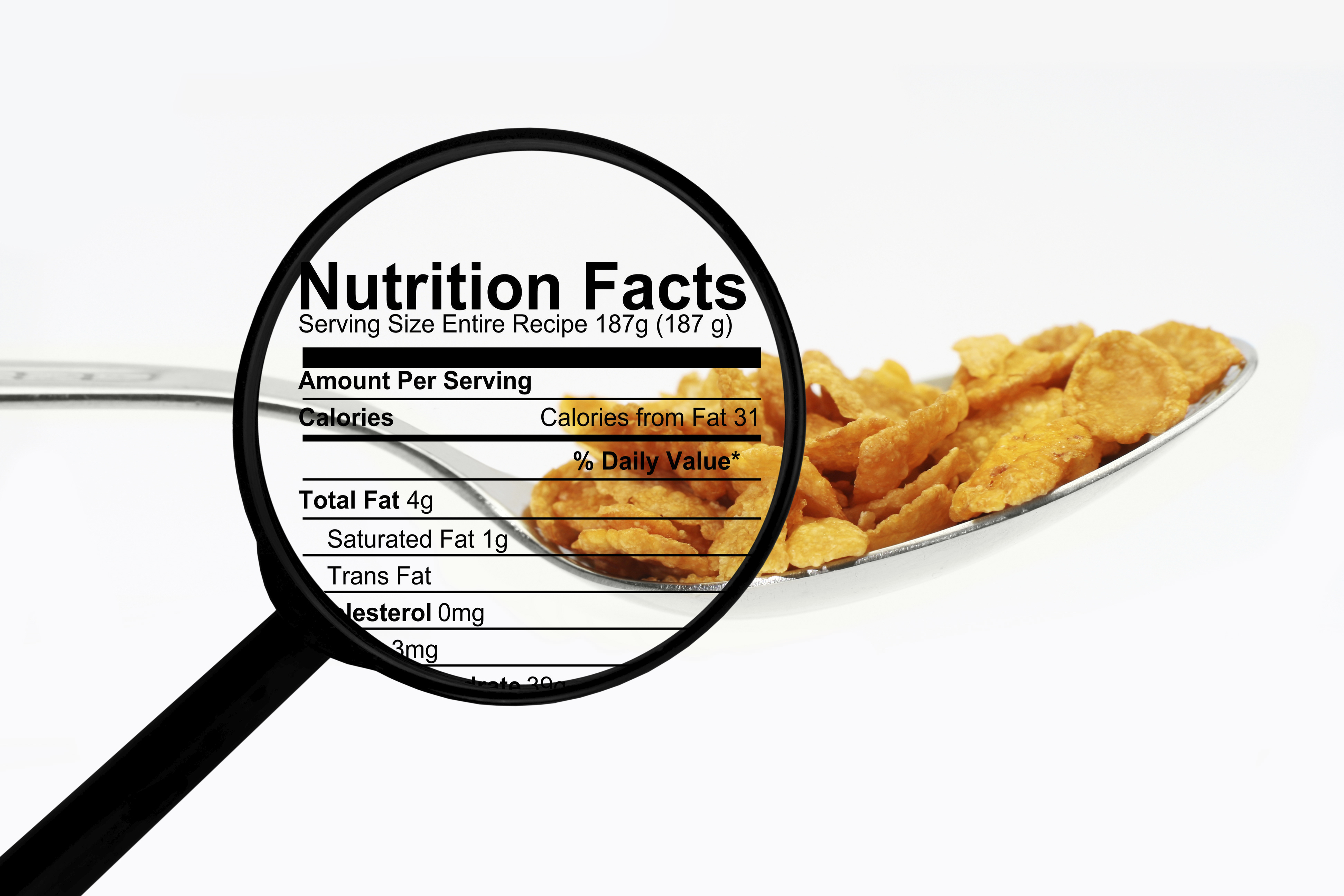

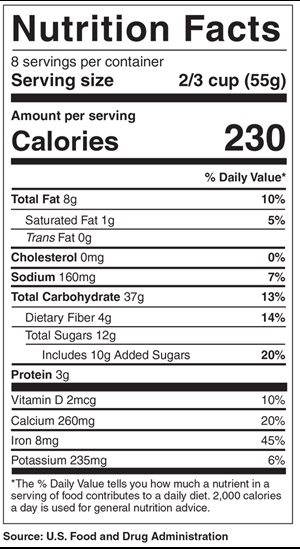

Post a Comment for "43 how to read trans fats on food labels"